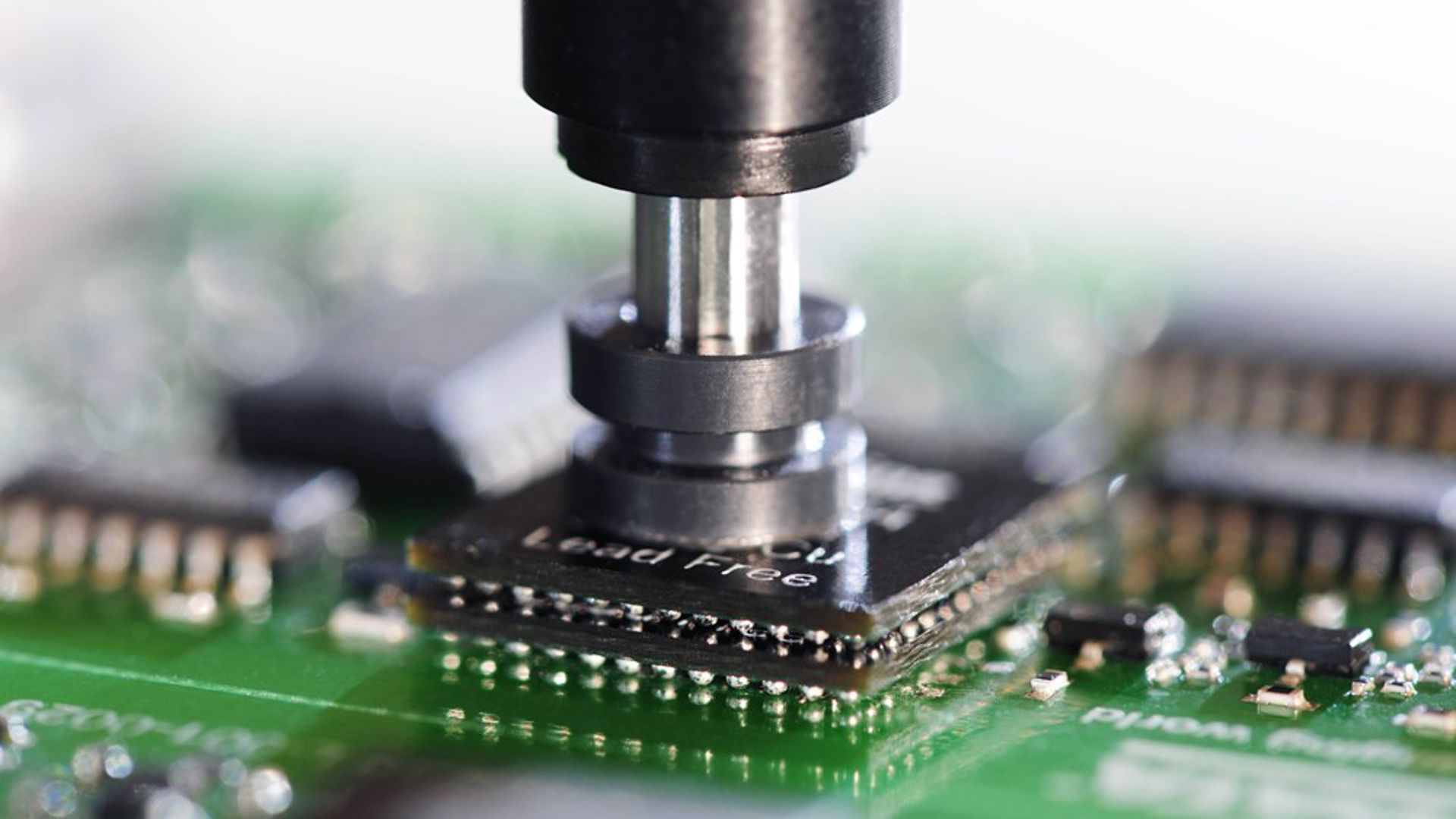New M2M standard opens the door to Industry 4.0
Mycronic to chair initiative and roll out Hermes-compatible equipment in 2020There’s a new messenger in town and it’s called Hermes. Named after the Greek messenger of the gods, it brings good tidings to the SMT industry. The good news is that around 60 leading equipment suppliers have unified around a modern protocol to replace the dated SMEMA standard. And Mycronic will now chair this initiative.

“I’m honored to be entrusted to continue the good efforts of this global initiative” says Håkan Sandell, Director of Industry 4.0 platform solutions at Mycronic, who was passed the baton of Chairman of Hermes by ASM’s Thomas Bliem at last year’s Productronica Show. “The new standard will provide a modern backbone for board-flow data management in tomorrow’s smart factory.”
A grassroots initiative
Uniquely, the Hermes standard is an industry-driven initiative that grew out of a need for more affordable machine-to-machine (M2M) automation. Even more remarkably, it got started when two SMT vendors, ASM and ASYS, initiated a dialog on how to find a better digital standard for the various types of software being used on the SMT line.
From day one, there was industry-wide interest in finding a more affordable way to make SMT software more compatible,” recalls Håkan. “Naturally every vendor could have developed their own future proprietary protocols, but the costs would be huge. Most importantly, it would not have been in the best interest of our customers. Now we have a vendor-independent standard that offers a win-win solution for all.
Approved by IPC organization
Founded in March of 2017, the Hermes Standard has quickly gained momentum in the SMT industry. It also soon caught the eye of the Institute of Printed Circuits (IPC), the global institute responsible for setting standards for electronics assembly and production. Today, the IPC has approved Hermes as one of its standards, with the latest designation of IPC-HERMES-9852.
From signal-based to digital protocol
The big difference with the new standard is that instead of being “signal based”, Hermes is a modern protocol based on TCP/IP and XML. This eliminates the need for special cables, plug-ins and other hassles, plus it enables a new level of consistency and scalability.
Integrating with CFX for Industry 4.0
“In my work as Chairman, my colleagues and I will now focus on two key areas going forward. First, we want to make sure the plug-in experience is truly seamless for all vendors. Secondly, and very importantly, we are making sure that Hermes is fully compatible with the CFX Standard now approved by the IPC for factory-wide SMT automation. By ensuring that Hermes can be deeply embedded into CFX, we open the possibility for Industry 4.0 and the smart factory of the future.”
Unleashing new potential
Mattias Jonsson, a product manager at Mycronic, sees huge potential for the new standard. It will open new possibility for SMT producers to reduce the number of costly sensors and barcode scanners on the equipment and eliminates the need for operators to manually enter process parameters.
A modern digital protocol “This is a huge leap into the future,” says Jonsson, who adds: “Everyone knew that SMEMA had seen its better days. Basically, the 35-year-old standard allowed one machine to tell another there is a board ready. That’s it. Now, with the new digital protocol, machines get much more information about the size, weight, serial number and more. This level of information and compatibility is a huge advantage.”
Part of the Industry 4.0 movement
According to Mattias, the adoption of Hermes is going faster than expected. “Not surprisingly, everyone wants to be part of the new Industry 4.0 movement. And if it can significantly reduce the cost of automation, it’s a no-brainer. To prepare our customers for the future Smart Factory, we will be introducing Hermes-compatible equipment across our range in 2020,” he concludes.